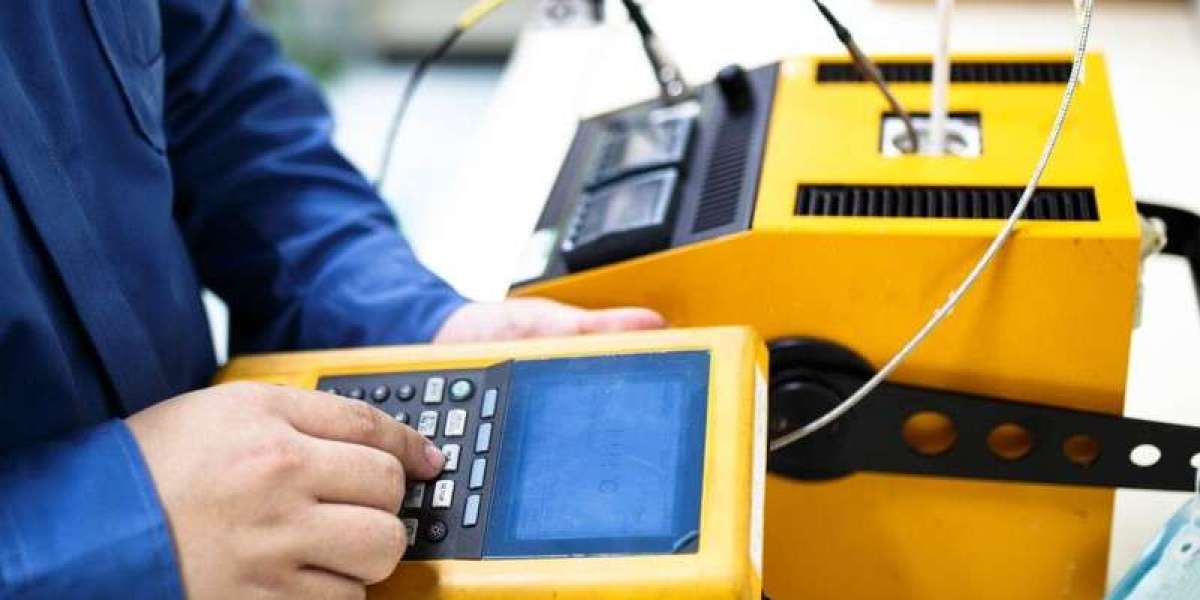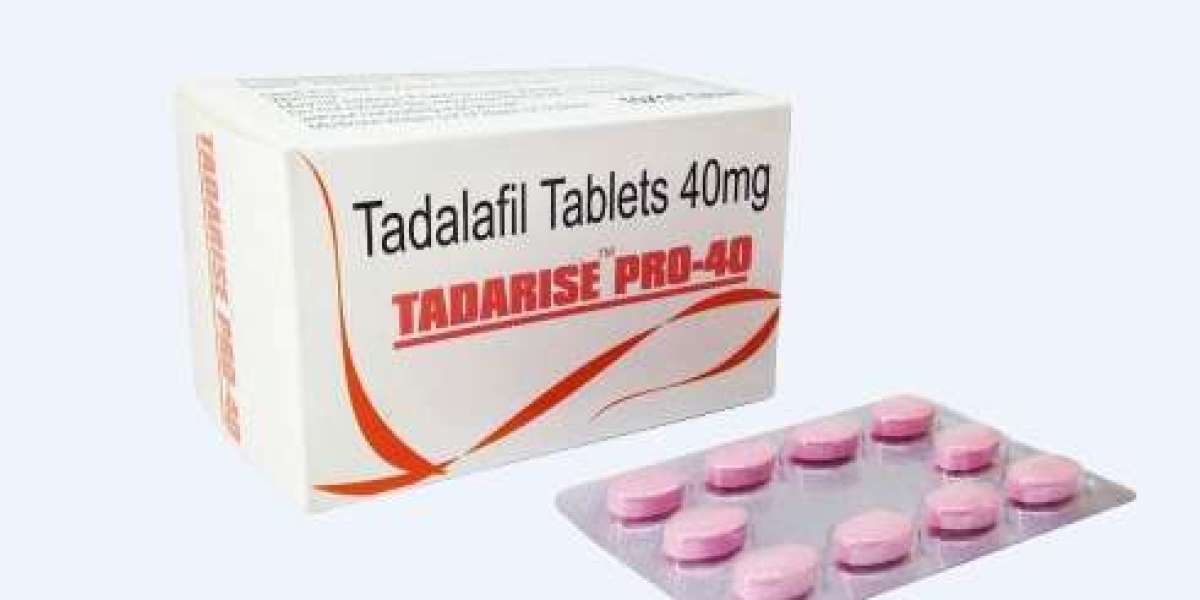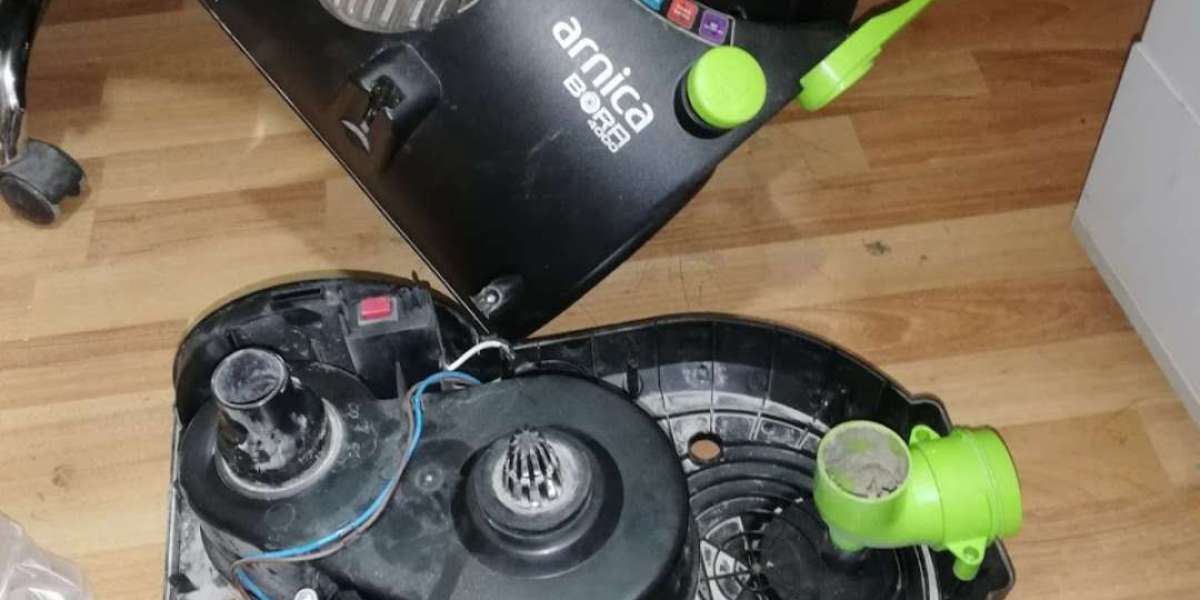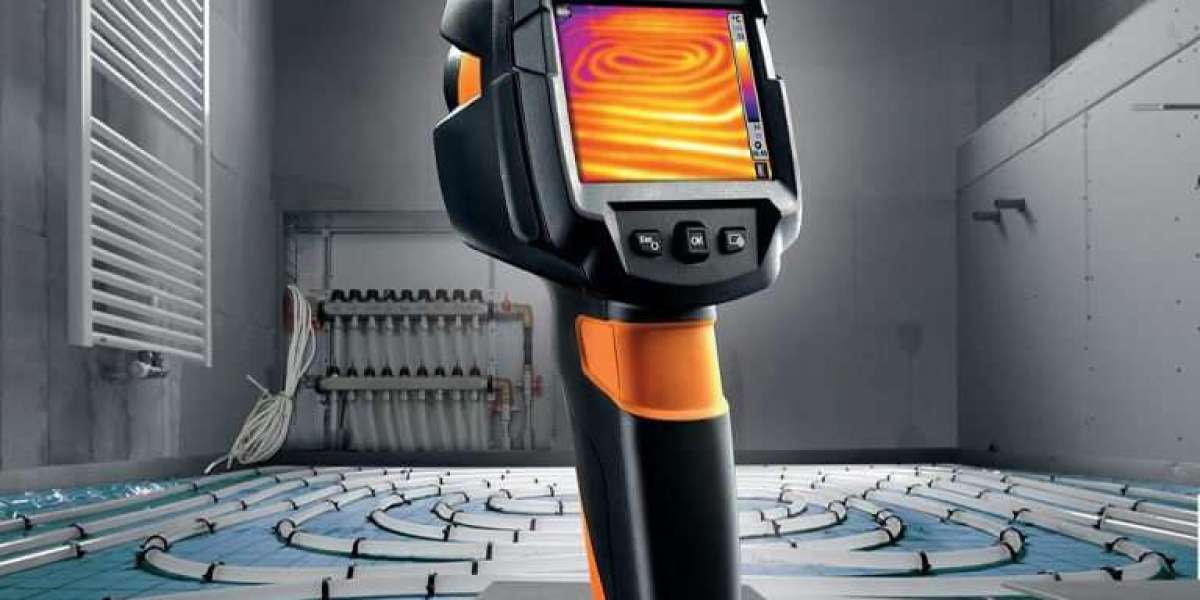Maintaining accurate temperature measurements is crucial for industries like healthcare, food processing, and manufacturing. Even a slight variation can impact product quality, safety, and compliance with regulations. This is why temperature calibration is essential in Singapore, ensuring that measuring instruments provide precise and reliable readings. Experts use different methods to achieve this, depending on the type of equipment and required accuracy.
If you rely on temperature calibration services, understanding the best techniques used by professionals can help you make informed decisions. In this article, I’ll explore the most effective calibration methods and why they matter.
Why Temperature Calibration Is Important
Inaccurate temperature readings can lead to serious consequences, including:
Product defects – In industries like pharmaceuticals and food, incorrect temperature readings can compromise quality.
Regulatory non-compliance – Many industries in Singapore must meet strict guidelines regarding temperature control.
Energy inefficiency – Poorly calibrated devices can cause excessive energy consumption, increasing costs.
Equipment damage – Overheating or incorrect temperature settings can shorten the lifespan of machinery.
To prevent these issues, regular temperature calibration is necessary. Experts use advanced techniques to ensure accuracy and reliability.
Common Temperature Calibration Methods
1. Fixed-Point Calibration
One of the most accurate methods, fixed-point calibration uses the melting or freezing points of pure substances, like water or metal alloys. These fixed temperatures act as reliable reference points.
✅ Best for: High-precision instruments such as laboratory thermometers and industrial sensors.
✅ Accuracy: Extremely high, often used in scientific applications.
2. Comparison Calibration
In this method, the device being tested is compared to a highly accurate reference thermometer inside a temperature-controlled environment. The readings are then adjusted accordingly.
✅ Best for: Industrial and commercial thermometers.
✅ Accuracy: High, but slightly less than fixed-point calibration.
3. Dry Block Calibration
A dry block calibrator uses a metal block with precise temperature control. The sensor is inserted into the block, and its readings are compared with the calibrator’s set temperature.
✅ Best for: Field calibration of sensors and probes.
✅ Accuracy: Good, with quick results.
4. Liquid Bath Calibration
This method involves immersing the thermometer or sensor in a liquid bath with a stable, controlled temperature. The liquid provides uniform heating, ensuring accurate calibration.
✅ Best for: High-precision applications in laboratories and research facilities.
✅ Accuracy: Very high, especially for small temperature variations.
5. Infrared Calibration
For non-contact thermometers, infrared calibration uses a blackbody radiation source to simulate a precise temperature. The device is then adjusted to match the reference temperature.
✅ Best for: Infrared thermometers used in healthcare and food safety.
✅ Accuracy: Moderate to high, depending on the equipment.
Choosing the Right Temperature Calibration Services in Singapore
Selecting a reliable temperature calibration service is essential for ensuring accuracy and compliance. Here’s what I look for when choosing a provider:
Accreditation – Ensure the service provider is certified under Singapore’s quality standards.
Experience – A company with years of expertise will deliver more accurate results.
Equipment – Modern, high-precision calibration tools improve reliability.
Industry specialization – Some services cater to specific industries, ensuring better compliance with regulations.
Turnaround time – Fast calibration services minimize downtime for businesses.
How Often Should Calibration Be Done?
The frequency of temperature calibration depends on several factors:
Manufacturer recommendations – Some instruments require annual calibration, while others need more frequent checks.
Usage frequency – Devices used daily need more regular calibration than those used occasionally.
Industry requirements – Some industries, like pharmaceuticals, require strict calibration schedules.
Environmental conditions – Extreme temperature fluctuations can affect sensor accuracy, requiring more frequent calibration.
Final Thoughts
Ensuring accurate temperature calibration is essential for businesses in Singapore, preventing errors, improving efficiency, and meeting regulatory requirements. Whether you need temperature calibration services for industrial, medical, or food safety applications, choosing the right method and service provider is key.
FAQs
1. What is the most accurate temperature calibration method?
Fixed-point calibration is the most accurate method, using known melting or freezing points for precision.
2. How often should I calibrate my temperature sensors?
It depends on usage and industry requirements, but most businesses calibrate their equipment annually.
3. Can I perform temperature calibration myself?
While basic checks can be done in-house, professional temperature calibration services provide more accurate and reliable results.
4. What industries require regular temperature calibration?
Industries like healthcare, food production, pharmaceuticals, and manufacturing rely on precise temperature control.
5. How do I choose a good temperature calibration service in Singapore?
Look for accredited providers with experience, modern equipment, and industry-specific expertise.







